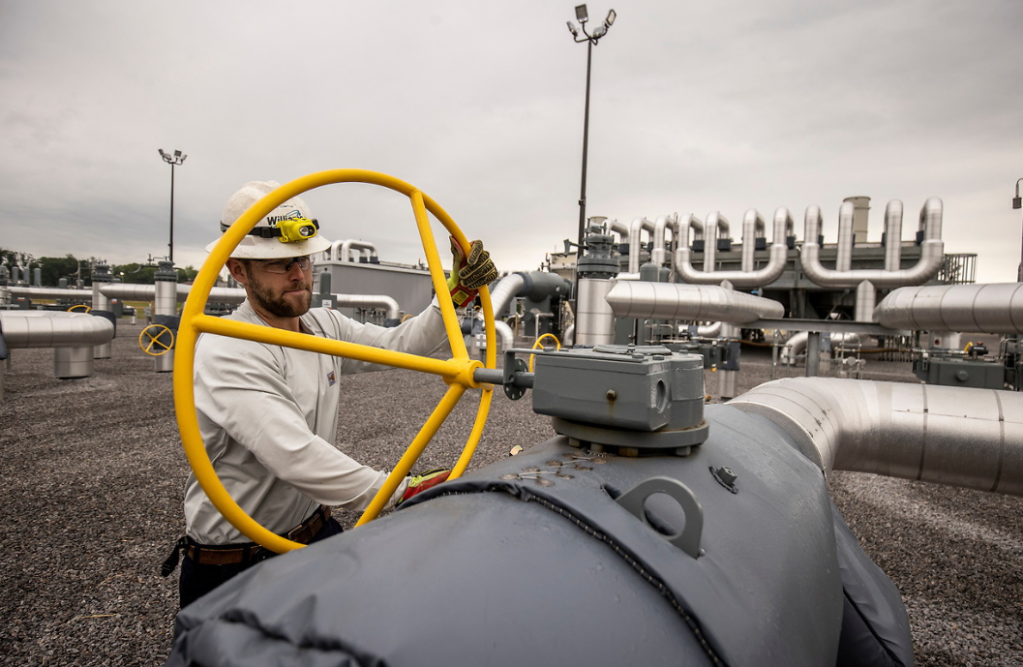The strong economies and growing populations across the Mid-Atlantic and Southeast portions of the U.S. are driving the need for more energy in the region. To help meet this growing demand for affordable, reliable and clean energy, Williams recently placed into service a new project just in time for the winter heating season.
The Southside Reliability Enhancement (SRE), an important expansion and modernization of the Transco pipeline, provides the ability to meet the clean energy needs of more than 2 million homes in the region. This energy heats homes and also powers electric generation to provide essential services and consumer conveniences like streaming video. Other benefits:
- Safer: The Department of Transportation routinely notes that pipelines are the safest form of energy transportation.
- Cleaner: Replacing existing U.S. coal plants with natural gas-fired generation could cut CO2 power emissions by 27%, the equivalent of removing nearly 80% of cars off the road.
- More affordable: The average U.S. household utilizing gas for home heating this winter will spend $600, whereas homes using electricity for heat will pay $1,080.
Williams’ Transco system is not just one pipeline, but an artery of about 10,000 miles of pipelines connecting an energy corridor spanning from south Texas to New York City. This infrastructure network transports about 15 percent of the natural gas consumed in the U.S., making it the largest of four interstate pipelines operated by Williams.
SRE comes online as natural gas demand loads for this heating season have ramped up quickly, with the Transco system experiencing record and near-record loads in December with more expected in January.
“The recent frigid conditions across the Northeast are an important reminder of the vital role transmission pipelines play in delivering the natural gas necessary to keep millions of Americans safe and secure, especially during winter periods of peak demand,” said Alan Armstrong, president and chief executive officer for Williams. “The value of safe, reliable natural gas infrastructure is not always recognized until low-cost energy is needed most and I appreciate our teams for their dedication to keeping our operations running smoothly around the clock.”
By maximizing the use of the existing Transco transmission corridor and expanding existing facilities, the SRE project enabled a substantial reduction in required facilities and land use – minimizing community and environmental impact. An abundant, reliable supply of natural gas is critical to help reduce carbon emissions and provide the flexibility needed to support a growing renewables component in power generation.
“The on-time completion of this latest project underscores our team’s ability to execute large-scale expansions in a careful, efficient, safe and environmentally responsible manner,” said Armstrong. “Our entire team continues to execute on a full portfolio of transmission growth projects to meet accelerating natural gas demand in the United States for LNG exports, power generation from data center load growth and the reshoring of energy intensive manufacturing that is taking advantage of low-cost natural gas supplies here at home.”
